Grade 1 is the first voyage into primary land for children. Having anchor charts posted around the room that displays bright visuals that contain important learning information will help your students remain focused on the necessary information, catch their attention and help their memory long term by being able to refer back to the chart.
Posting many different types of anchor charts that relate to a variety of subjects will help your grade 1 students to retain the information you are teaching if you refer to the chart often. This will especially be the case if you co-create the chart with them by brainstorming and illustrating together.
1. Questions to Ask When Reading
Becoming a good reader is a very important skill. Asking good questions about what you are reading before, during, and after reading a story, passage, or piece of text of any kind is a vital stepping stool to achieve this skill.
Learn More: Babbling Abby
2. Story Elements
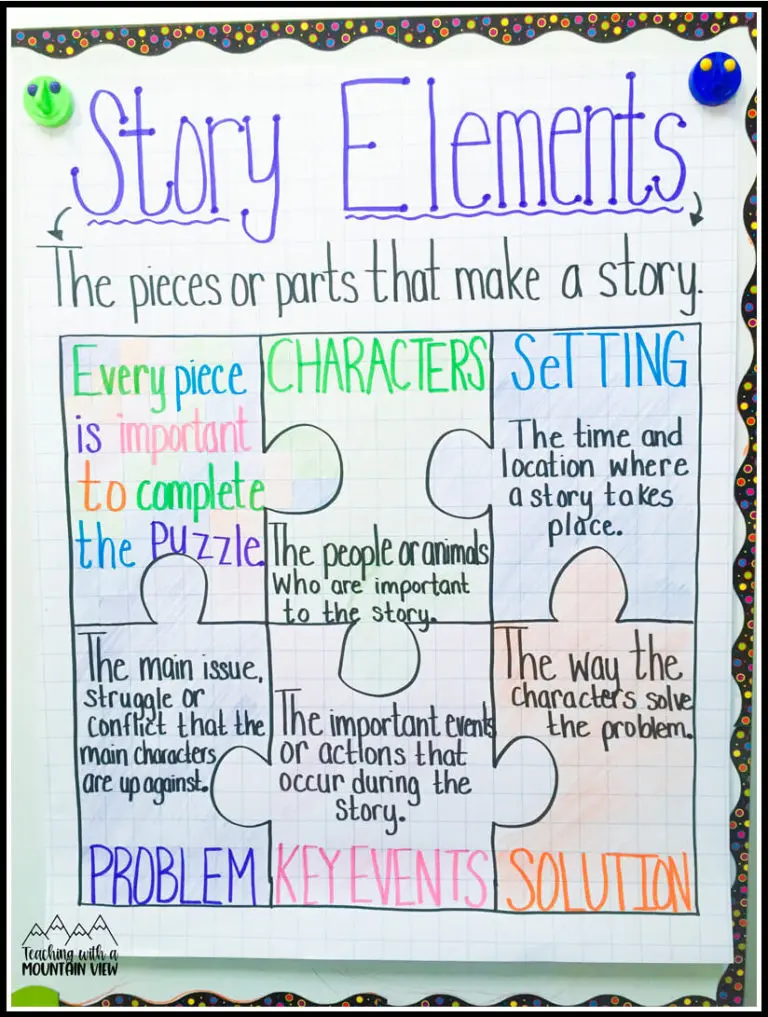
This puzzle piece illustration is the perfect depiction of how all parts of a story work together. By separating each component and writing in the description of each in its own place, you will give your students a sense of how each element is different but also complimentary.
Learn More: Teaching With A Mountain View
3. Summarizing Sentences
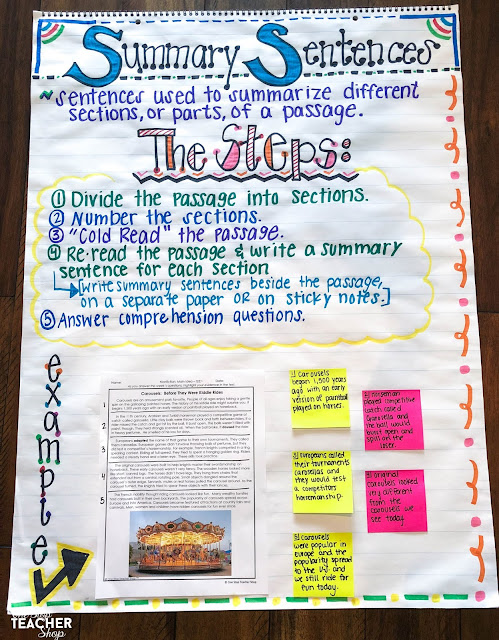
Summarizing a story, a text passage, or an essay is an important foundational skill for any reader or writer. Distilling the most important parts of a piece of text and summarizing the main ideas are tricky for young learners. Use this anchor chart to help!
Learn More: Upper Elementary Snapshots
4. Reading Buddy Questions
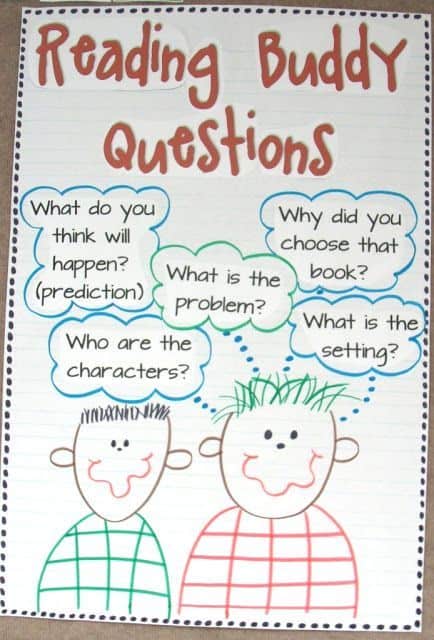
Reading Buddies are a great way to have students learn from each other in a peer-to-peer way. Students can ask each other these questions to gain a deeper understanding of the texts they are studying.
Learn More: Mrs. Richardson’s Class
5. Retelling Stories
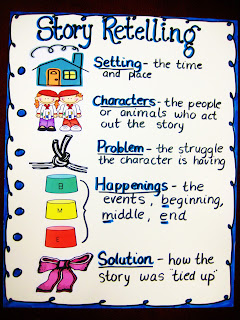
Retelling stories is an important literary skill for students to learn. Practicing retelling a story in the correct order and including the most important information about the story is vital. This anchor chart will be something your students can refer to throughout the school day.
Learn More: First Grade Wow
6. Math is Everywhere
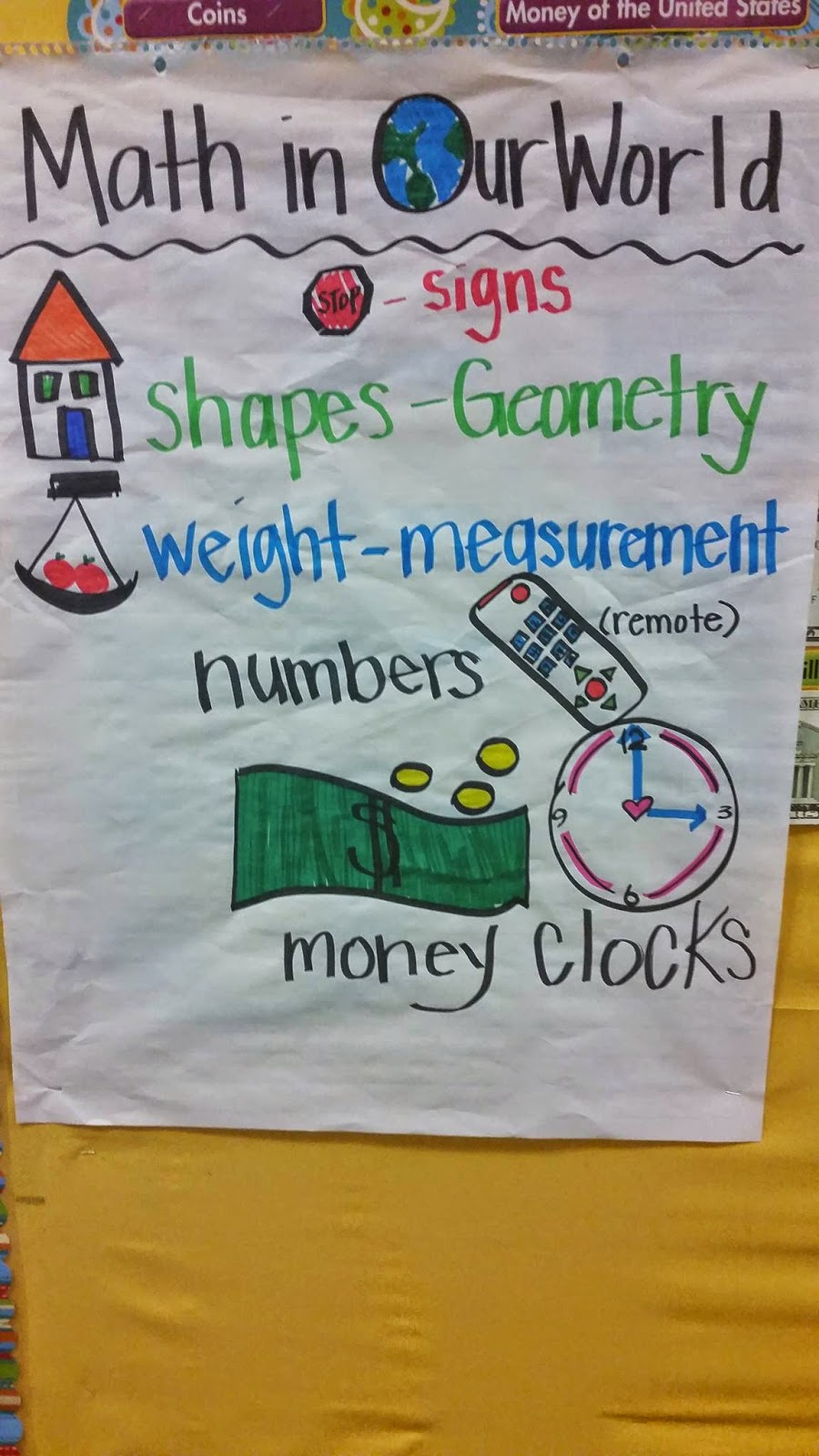
This math anchor chart focusing on where students can find math in their world outside of school is a constant visual reminder for students that math can be found anywhere and everywhere in their lives. This anchor chart is best co-created with students to have the lesson and information solidified.
Learn More: Rachel’s Rock In Reflections
7. Graphing

This is another math anchor chart that shows graphing concepts in a visual way. You can add different types of graphs depending on the needs and levels of your students. The colorful and bright pictures will catch and keep your students’ attention.
Learn More: Pinterest
8. Story Elements
This anchor chart is fantastic at illustrating how different story elements work together to create a big picture. Filling in each section with different information will allow the students to understand each literary element.
Learn More: Teaching With A Mountain View
9. Comparing Numbers
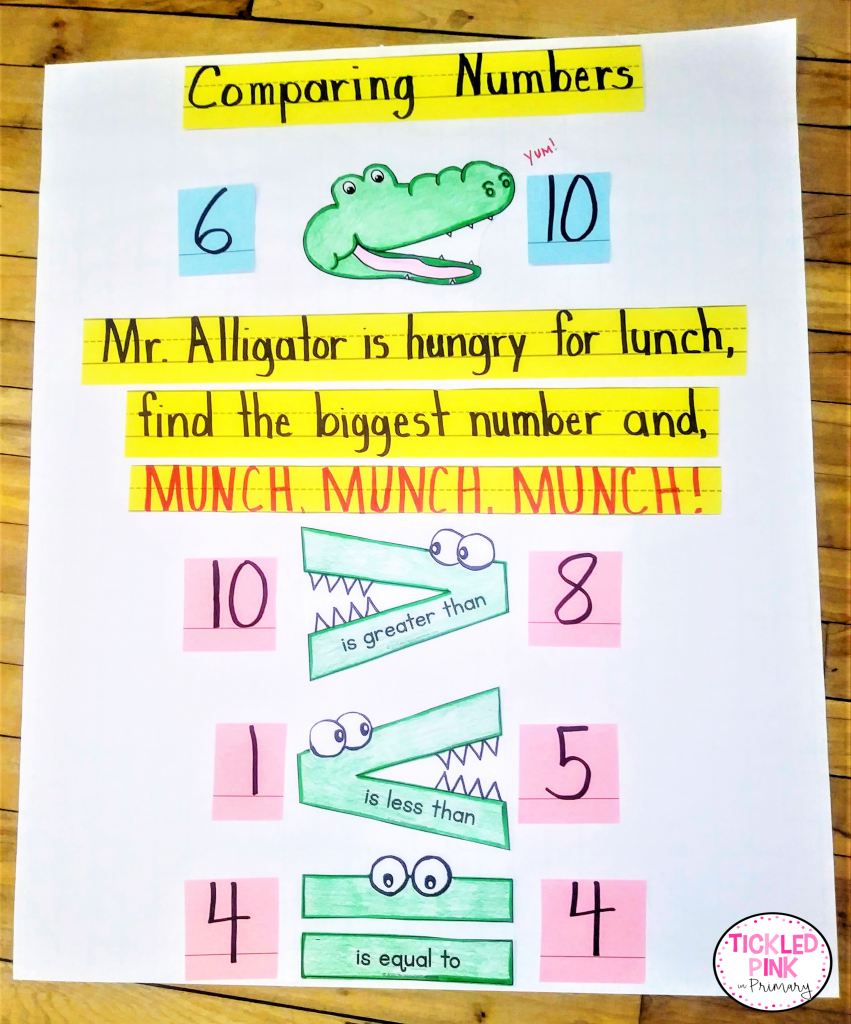
Comparing numbers has never been so cute! Including these animal visuals will give students a fun visual to look at introducing creativity to your next math lesson. Your students will have a hard time forgetting what they learned as they have a great time helping you design the math symbols.
Learn More: Tickled Pink In Primary
10. Math Symbols
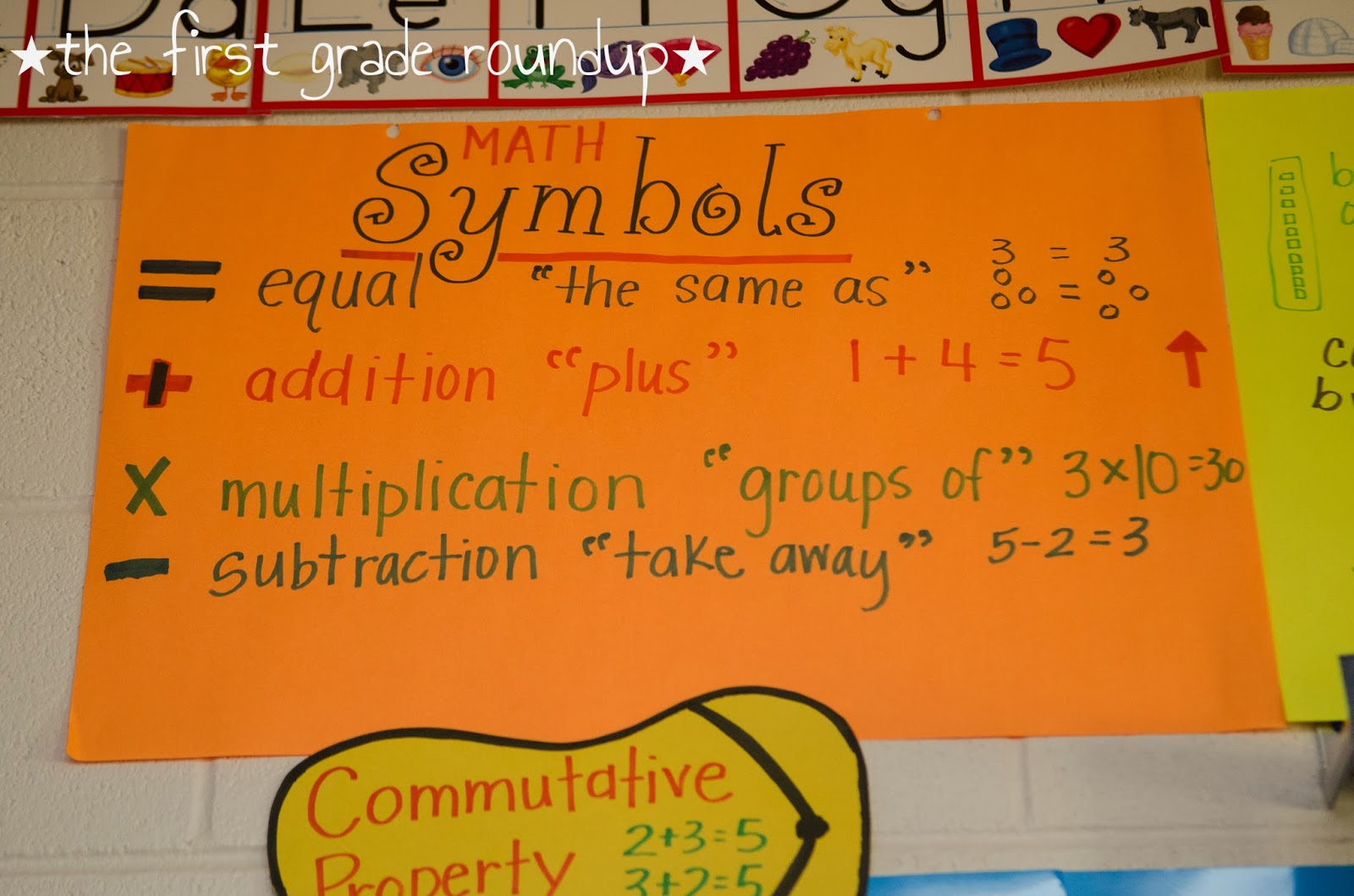
Comparing numbers has never been so cute! Including these animal visuals will give students a fun visual to look at introducing creativity to your next math lesson. Your students will have a hard time forgetting what they learned as they have a great time helping you design the math symbols.
Learn More: Tickled Pink In Primary
11. Forms of Energy
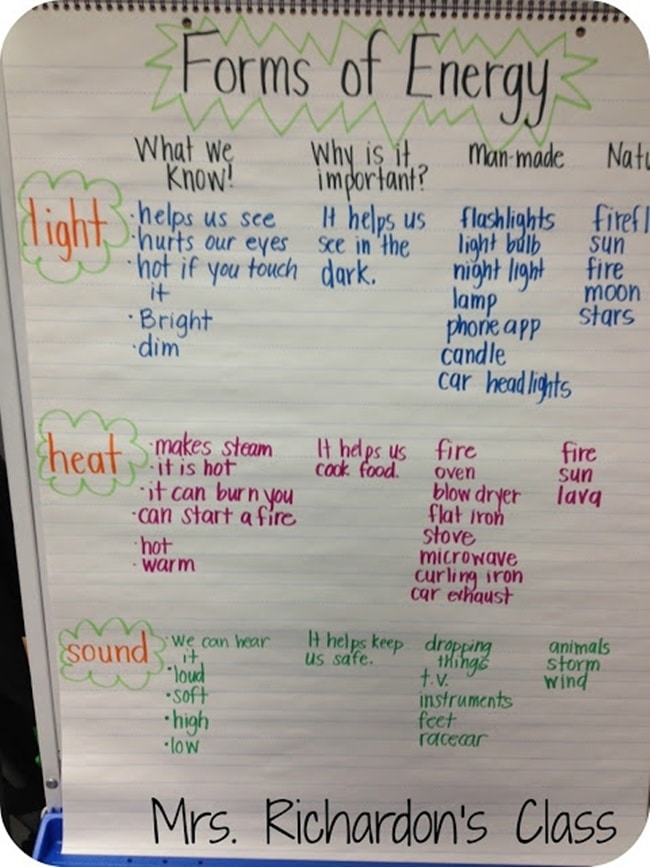
This science anchor chart will be an excellent introduction to the forms of matter. Writing out the information on chart paper will allow your students to distinguish the different forms of energy and be able to find examples easily.
Learn More: Teach Junkie
12. Fraction Strategies
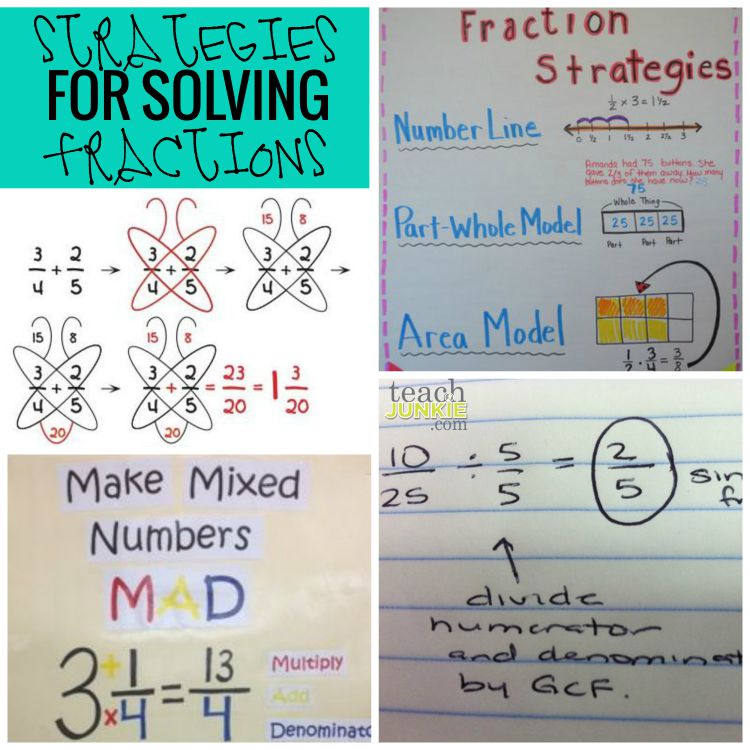
This is an excellent example of a first-grade math anchor chart since it introduces fractions in a simple way to your young learners. Including pictures with the words and numbers beside as well can definitely make for a handy anchor chart.
Learn More: Teach Junkie
13. Punctuation
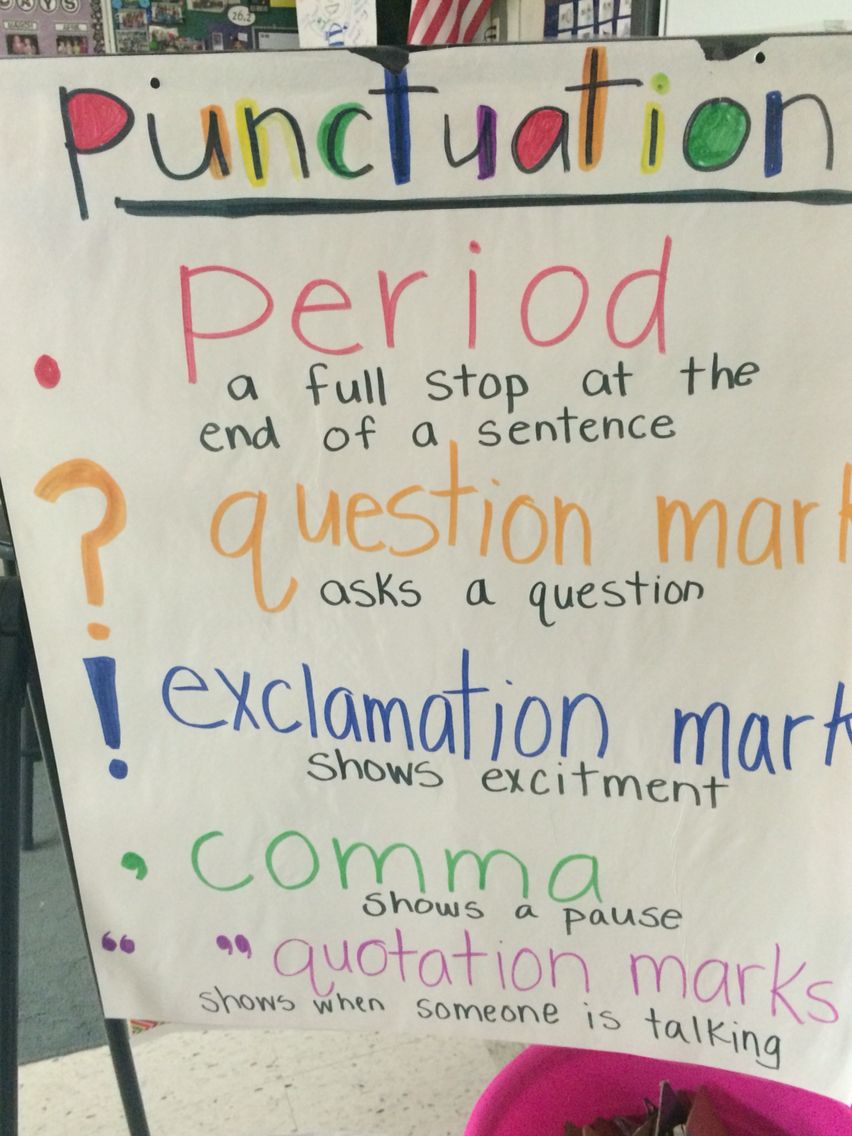
Learning how to write is important for any young student as they learn to become authors themselves. Reminding them when to you different types of punctuation is essential to them being able to communicate their thoughts effectively on paper.
Learn More: Pinterest
14. 2D Shapes
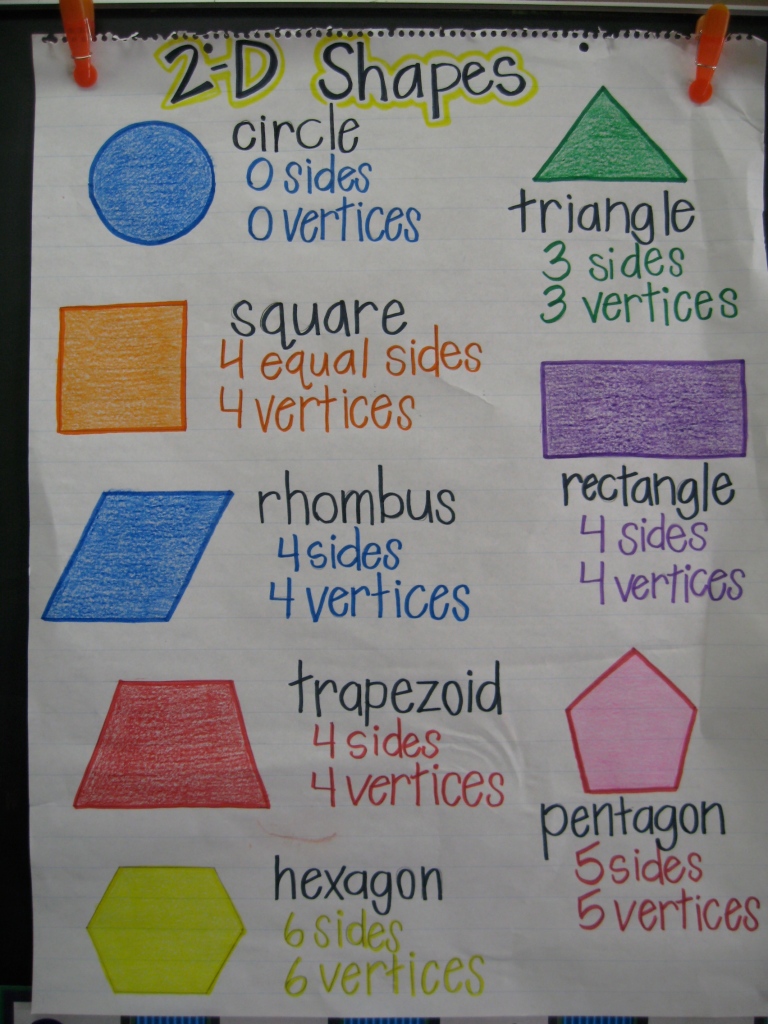
Using this basic chart will remind your students of the names of simple 2D shapes. You can even take this chart to the next level by including different objects in everyday life that they can easily find that are these shapes. For example, a pizza is a circle!
Learn More: Its My Blog Yall
15. Letter Writing
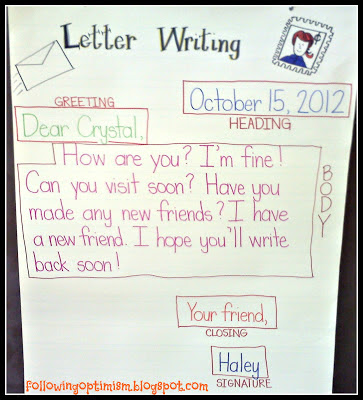
This anchor chart template will help your students ensure they never miss a component when writing a letter. Many classrooms focus on writing different writing forms like lists, stories, and letters. This is an awesome anchor chart because it clearly outlines which parts of the letter go in each section.
Learn More: Following Optimism
16. States of Matter
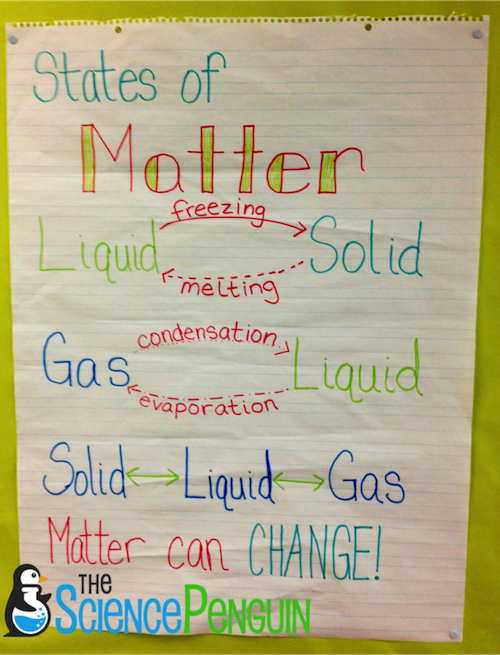
Adding this science anchor chart will be beneficial whether you are introducing or reviewing the topic of states of matter. This is an amazing anchor chart because it includes many great aspects: bright and bold words, pictures, and colors.
Learn More: The Science Penguin
17. Community Helpers
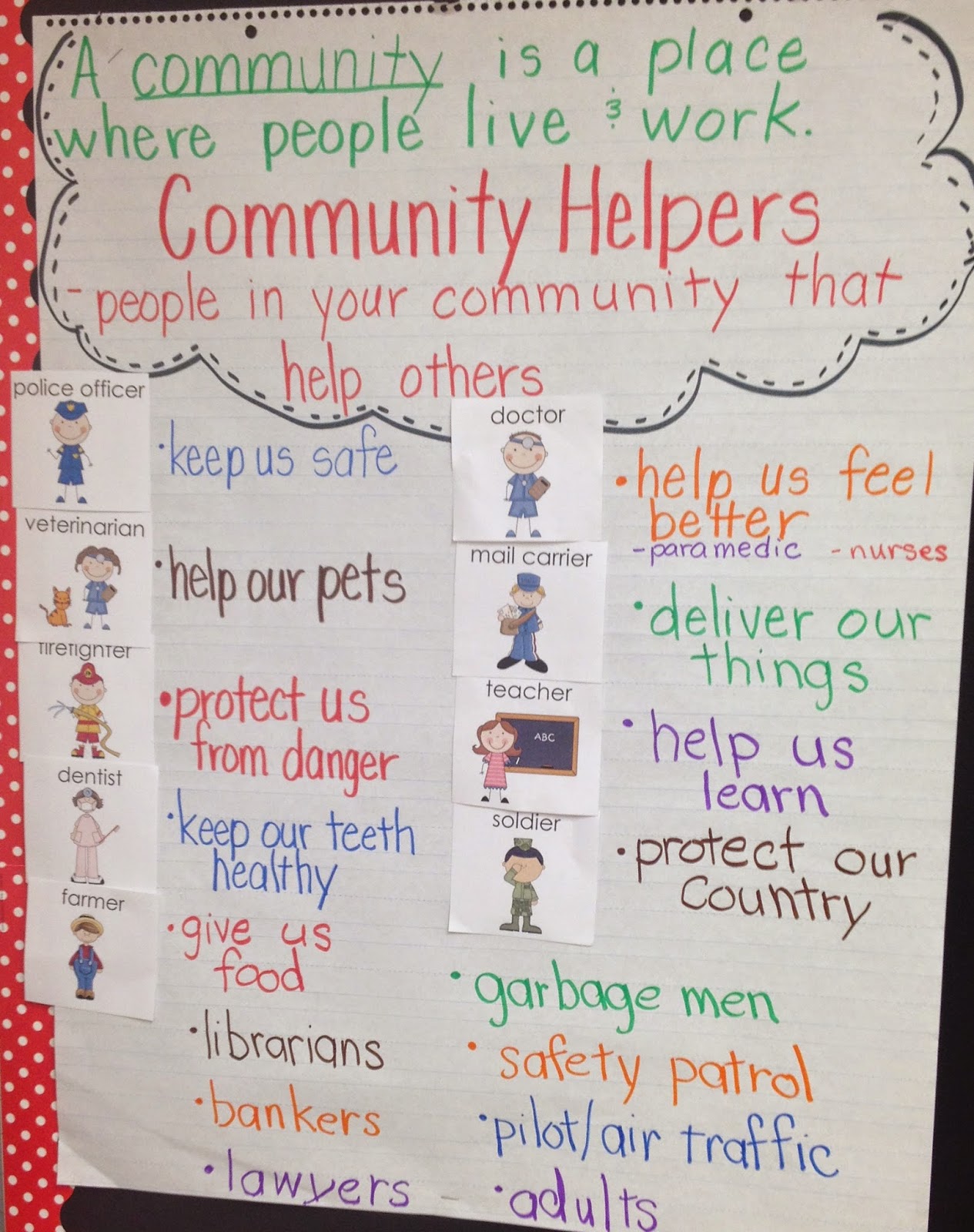
You can make this Community Helpers chart interactive by adding the names of the people in your community to different parts of this chart as the year goes on. This is also a chart idea you can share with fellow teachers as they teach their science or social studies units.
Learn More: So I Was Thinking RLA
18. What is a Noun?
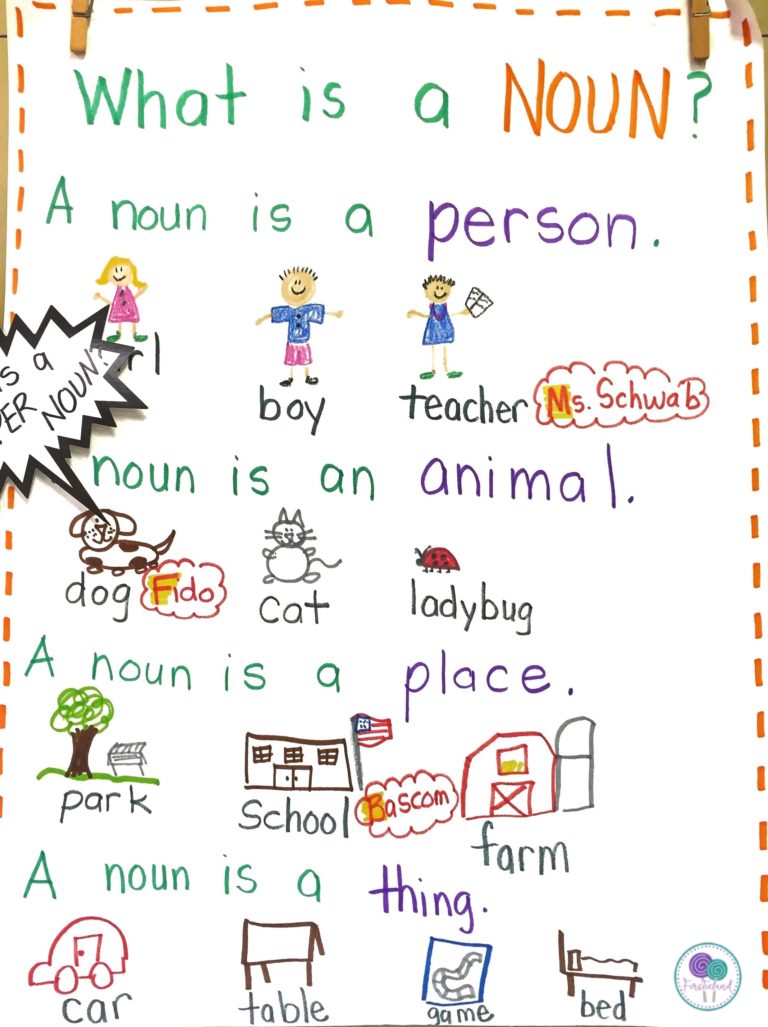
This grammar anchor chart will teach your students what a noun is and when to use them. You can include many different types of examples in different contexts to help your students make connections to their own writing.
Learn More: Firstie Land
19. Being Good Writers
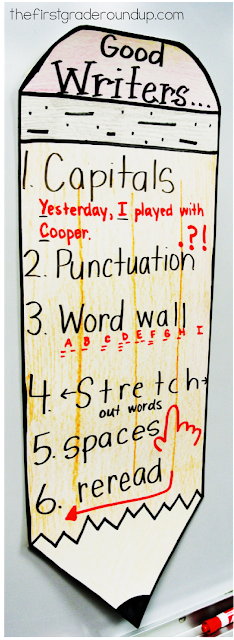
Having this helpful anchor chart up where your students can see will act as a checklist to make sure they never forget anything when being authors themselves. This checklist will ensure your students develop their writing skills.
Learn More: The First Grade Round Up
20. Character Traits
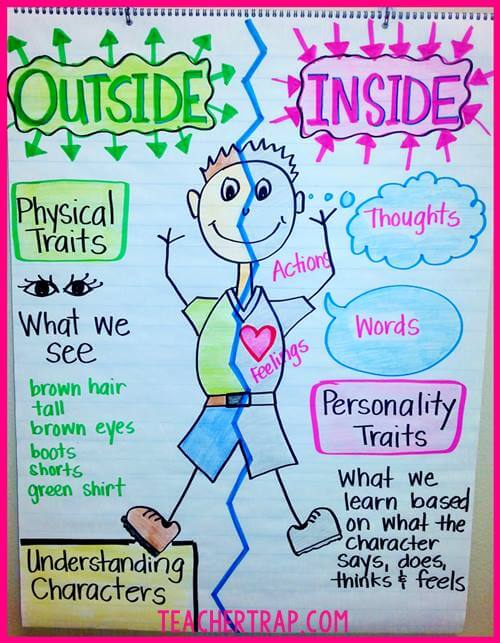
This is an additional writing chart that focuses on the traits and characteristics of characters. Your students can describe how the main character is feeling and behaving. You can extend this idea by having them write about the antagonist as well.
Learn More: Teacher Trap
21. Social Skills
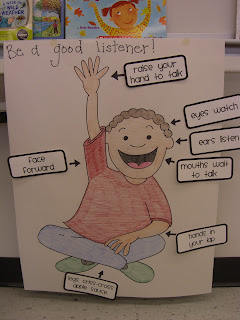
Anchor charts about social skills with pictures is extremely helpful for young learners who are just entering the primary grades with higher expectations about behavior and routines. They set expectations of classroom behavior.
Learn More: First Grade Garden
22. Growth Mindset
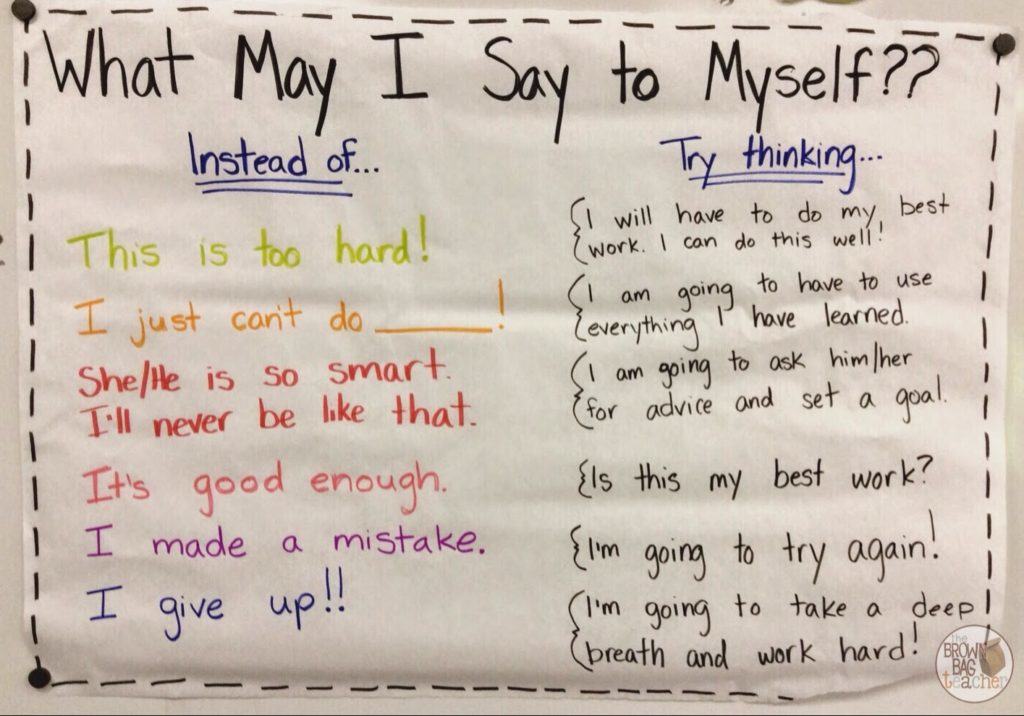
Don’t forget to take care of your students’ well-being by hanging up this chart. You can create an inspiring classroom environment. This can be an abstract concept to students so this visual will definitely help.
Learn More: Brown Bag Teacher
23. Place Value
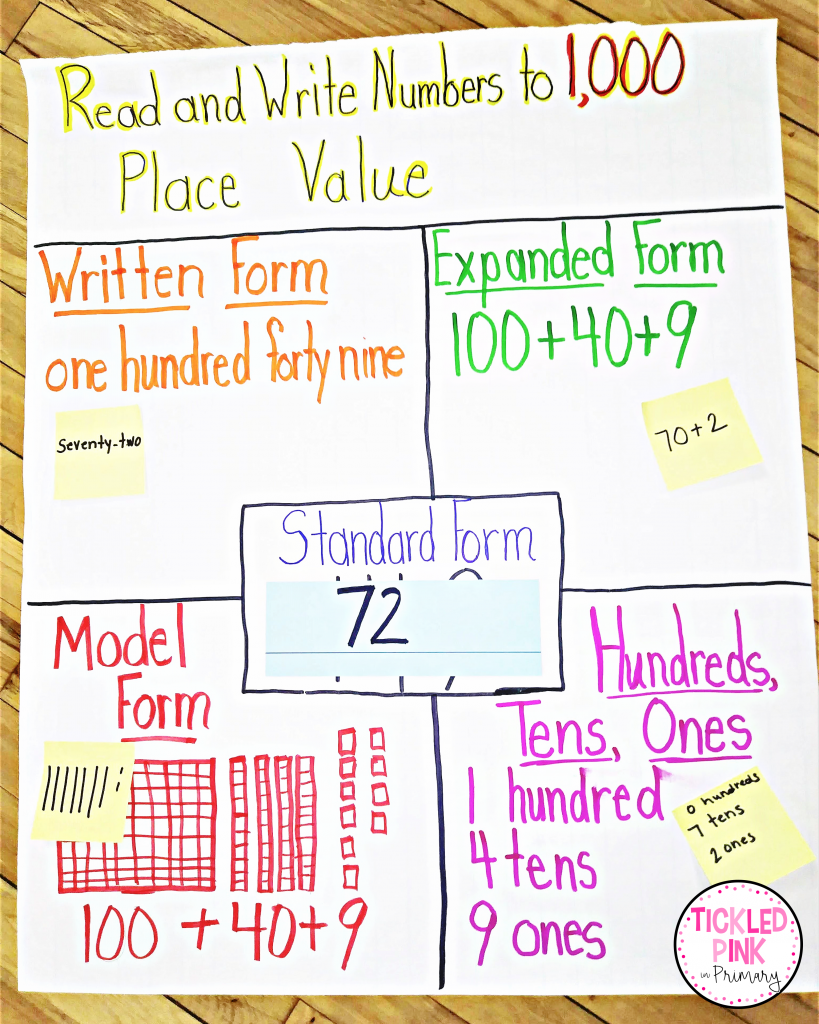
Having a pictorial representation of an abstract math concept, such as place value, will help students to think more concretely. It can be an excellent tool for students as they work through different activities and tasks you set out for them.
Learn More: Tickled Pink In Primary
24. Classroom Expectations
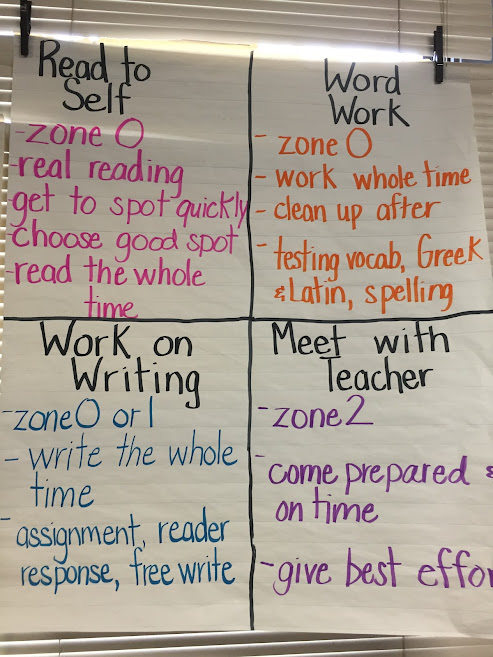
Add this chart to your anchor chart wall to refer to throughout the year. Having clear and set out expectations will reinforce your rules and routines as long as your students are in the class. Keeping a few rules posted consistently will help you establish the school’s expectations.
Learn More: Krafty Teacher
Conclusion
Young students benefit from visual reminders. Having these anchor charts posted up around your classroom all year long will encourage your students to take ownership of their learning. This is especially the case if you co-create the charts with your students. This means that you will brainstorm ideas and write them down together as they think of ideas that relate to the topic at hand. Creating anchor charts that relate to many different subject areas can help your students have templates to refer to, define key concepts, and have a reference point for examples. Check out the list above for ideas about how to incorporate them into each subject area.